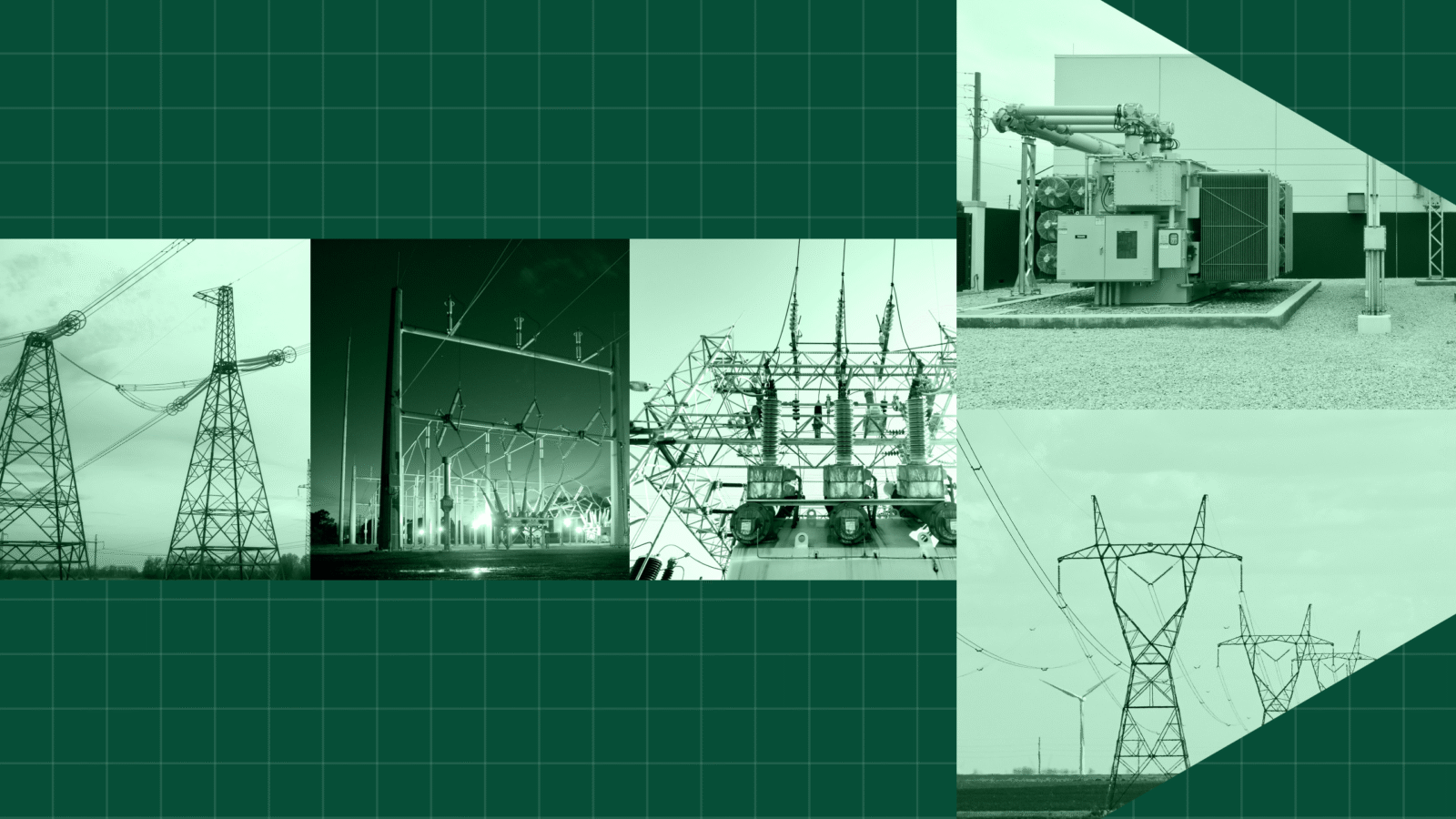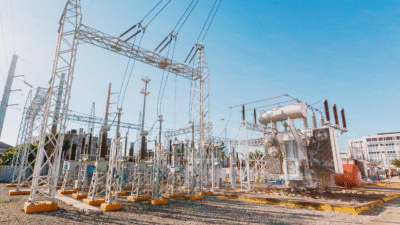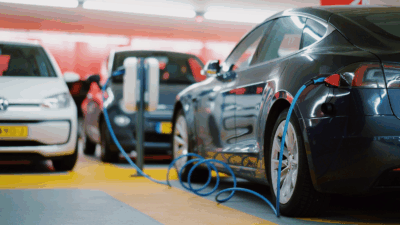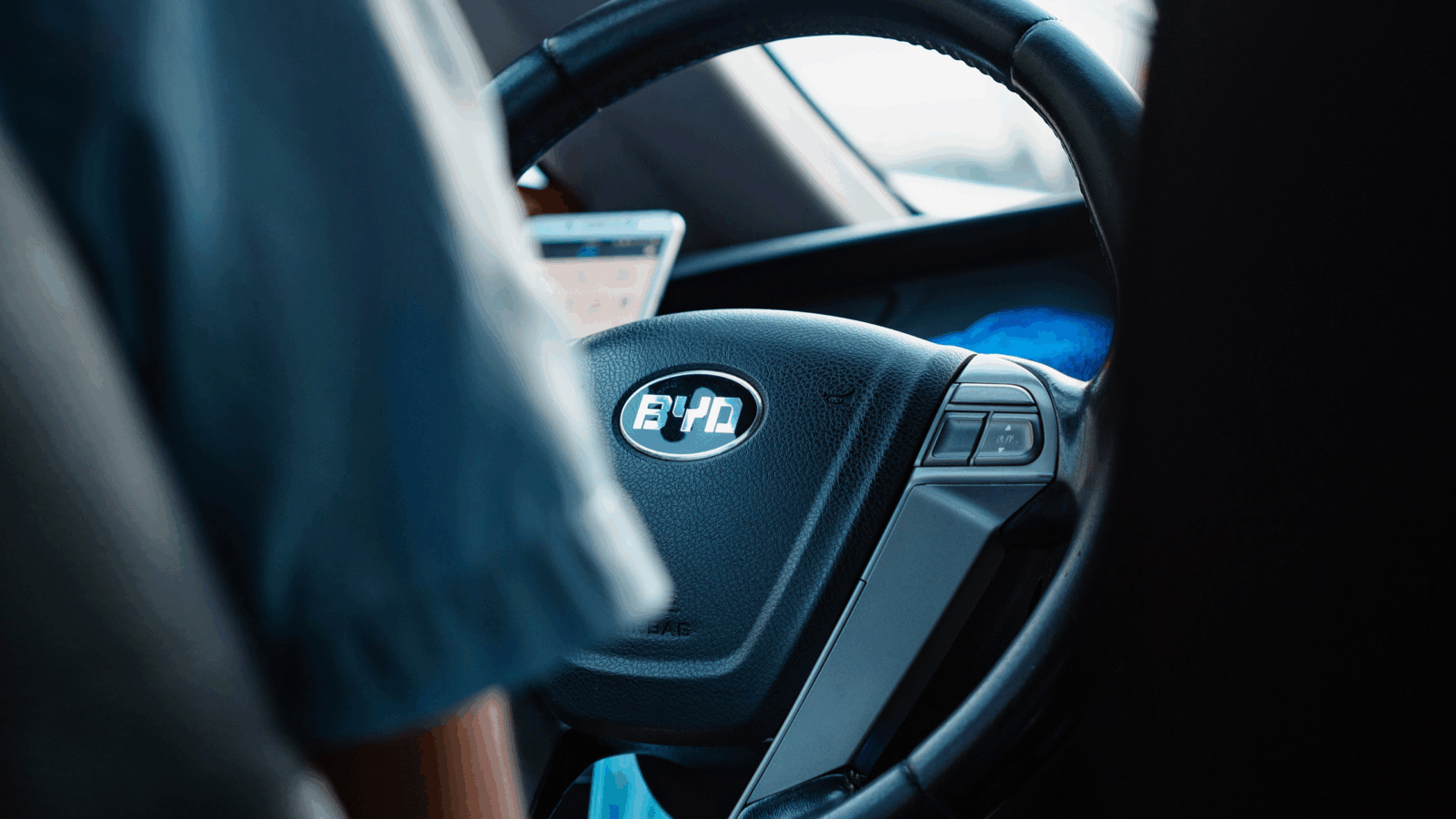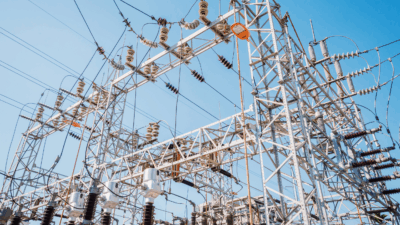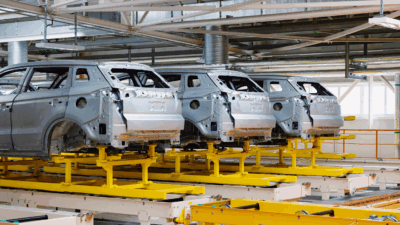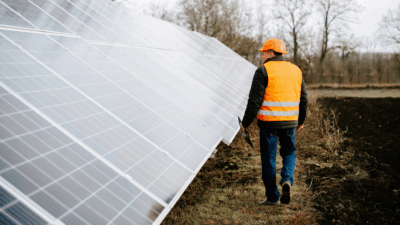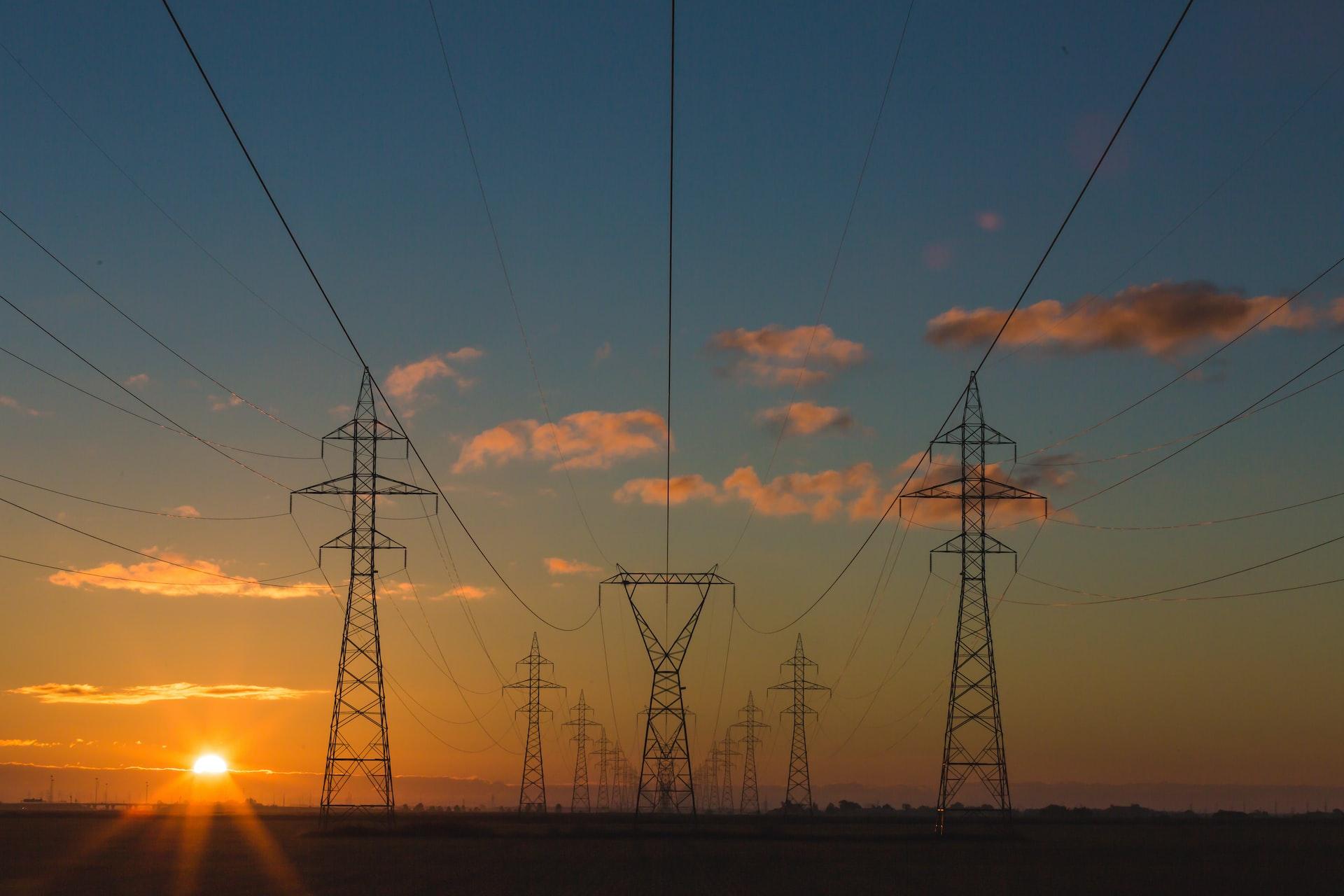
Sign up for smart news, insights, and analysis on the biggest financial stories of the day.
Electric vehicles existed in the early 1900s, believe it or not — there were more than 4,000 of them — but they were not built for highways, which of course didn’t exist back then. So if you lost power 10 miles outside of town, you had to get ready to do some pushing.
And while the US is now outfitted with tens of thousands of charging stations, the 21st Century proliferation of EVs could be too much for our national grid if adoption rates continue at their current pace, according to The Wall Street Journal. So either infrastructure needs to adapt, or we need to remember how to push.
Need More Power
EVs are all the rage today and appear to be the wave of the future, but they began life in the mid-1800s, right around the same time cars with combustion engines debuted. And despite being quieter, having better handling, and not requiring a hand crank to start the dang thing, EVs lagged behind gas-powered cars for the same reason they struggle today: America’s power grid just wasn’t, well, powerful enough. Will the grid become a choke point yet again as EVs look to take over?
Multiple brands like Cadillac, Mercedes-Benz, and Volvo plan to be EV-only in roughly the next decade. Ford recently jumped into a war with Tesla and slashed prices for its new Mustang Mach-E. And last week, amid the White House’s aggressive push for greener transportation, the US Department of the Treasury rewrote the rules for EV tax breaks, allowing even more vehicles to be eligible for government subsidies.
Car makers and DC could have bitten off more than the country’s energy sector can chew:
- EVs currently make up about 7% of cars on the road in the US, but that could increase to a third or even half of all light vehicles sold annually, according to the WSJ. The good news is that right now, EVs really don’t consume all that much energy. A study by the Argonne National Laboratory, found that the roughly 2.1 million EVs on the road in 2021 accounted for less than a percent of electricity consumption.
- While many energy experts believe the US’s power grid will be up to the task, it will require a lot of money. Charging a vehicle at home is not like turning on a light or plugging in a phone. You need a huge boost in electrical-transmitting capacity at the local level. Power industries nationwide might need to spend $10 billion through 2030 updating their infrastructure to charge all the new EVs, Thomas Baker of Boston Consulting Group told the WSJ.
Some parts of the country are already hitting speed bumps. Last September, California asked residents to not charge their cars in the evening during a heat wave. That might be the plan for the foreseeable future in some areas — charging at only certain hours of the day.
Give a Little, Get a Little: In Michigan, DTE Energy has a pilot program where the power company can pause charging during hours of high demand. Duke Energy and Pacific Gas & Electric are testing a method where EVs can actually add energy to the power grid, and then drivers get it back when the demand has eased. While it’s already hard enough to keep road rage under control, get ready to start shouting “Serenity Now” before you’ve even left the driveway.
